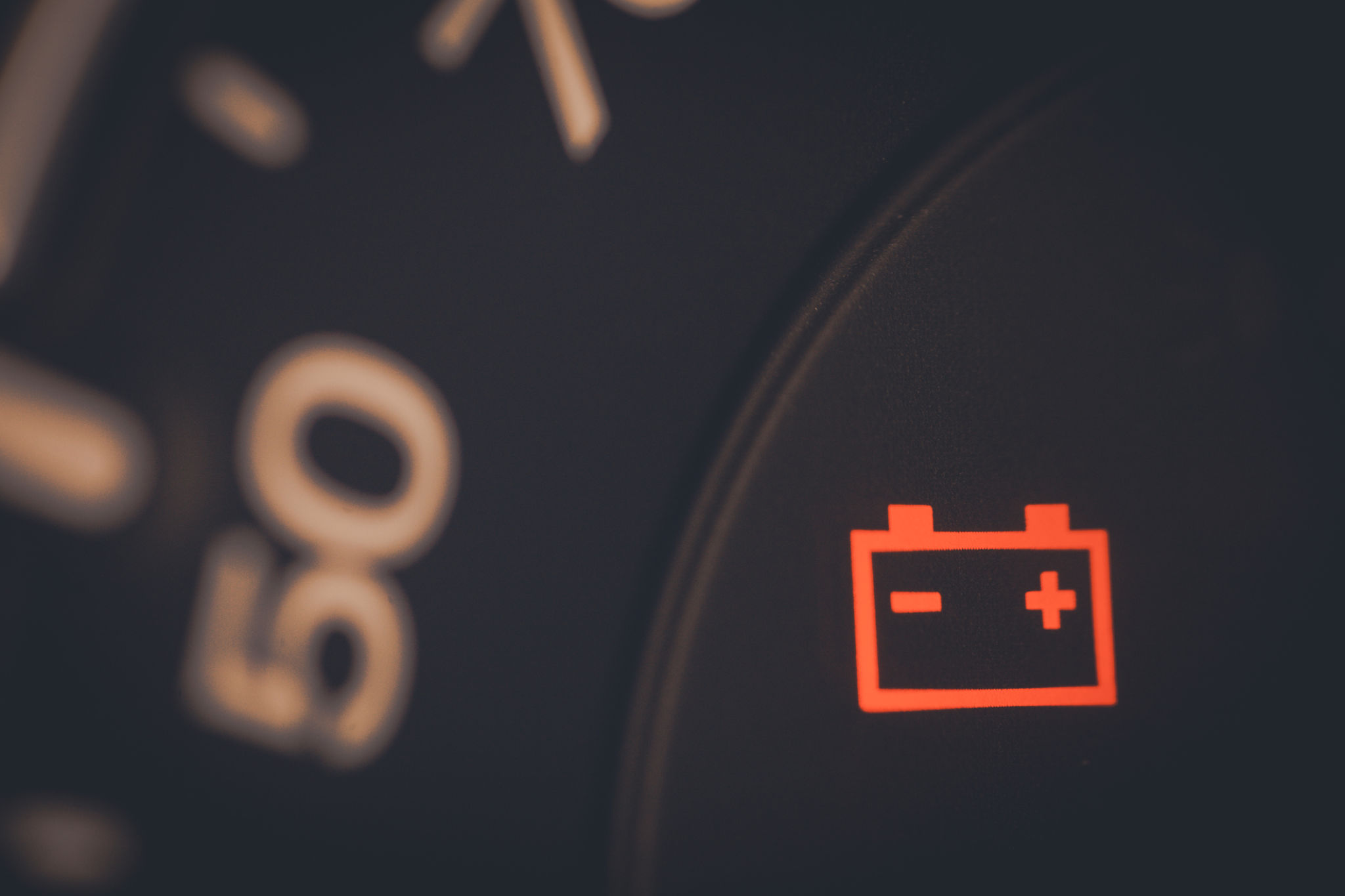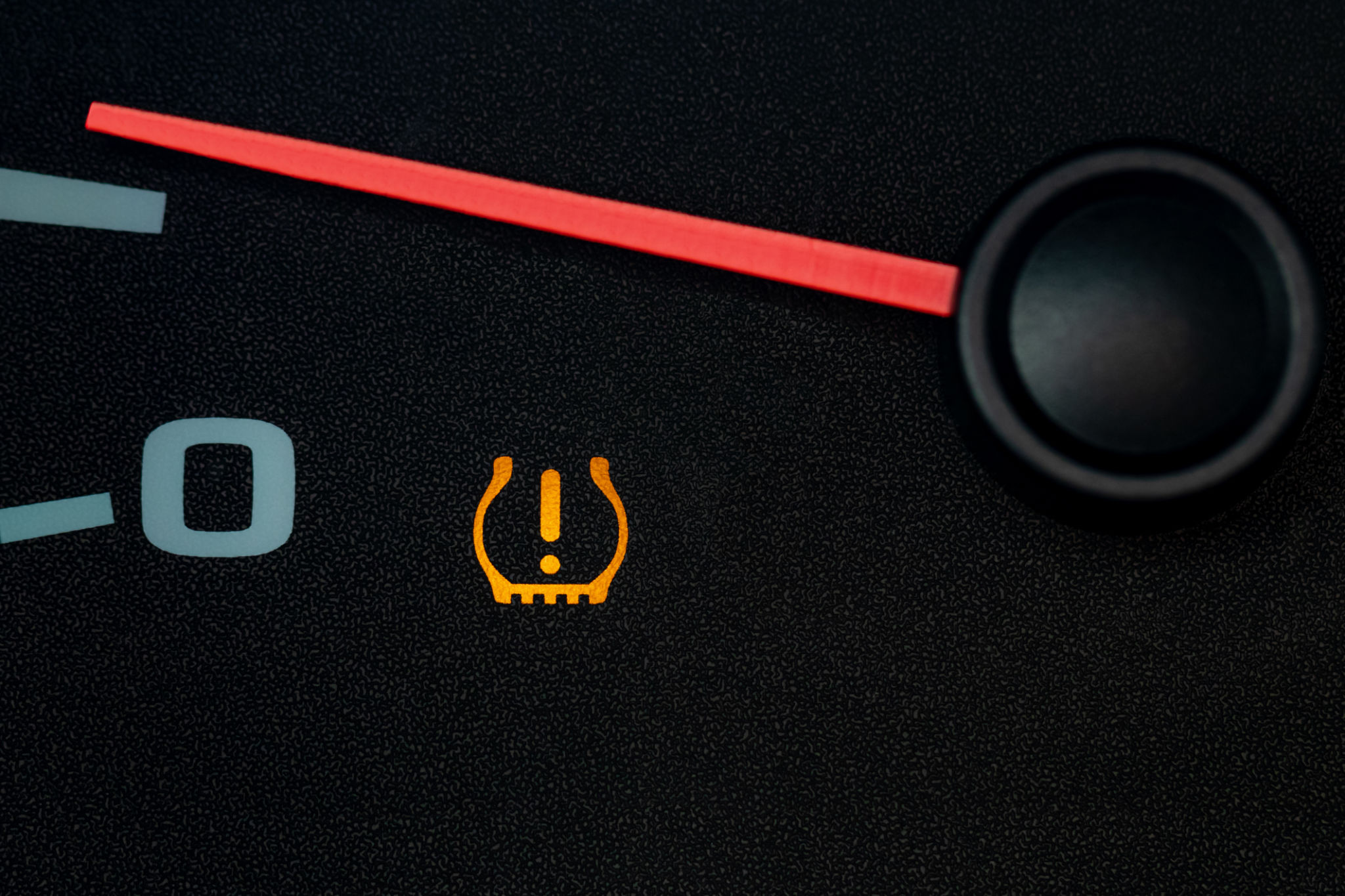Understanding Your Car's Dashboard Lights: A Comprehensive Guide
Introduction to Dashboard Lights
Your car's dashboard is a critical interface that communicates essential information about your vehicle's performance and health. Understanding what each light means can help you address issues promptly and maintain your car in peak condition. This guide will walk you through the most common dashboard lights and what actions you should take when they illuminate.

Why Dashboard Lights Matter
Dashboard lights are designed to alert you to potential issues before they become serious problems. Ignoring these indicators can lead to costly repairs and even compromise your safety on the road. By learning to interpret these signals, you can take timely action to prevent breakdowns and prolong the life of your vehicle.
Color Coding of Dashboard Lights
Dashboard lights are typically color-coded to indicate the severity of the issue:
- Green or Blue: These lights usually indicate that a feature is active, such as high beams or cruise control.
- Yellow or Orange: These lights suggest caution, signaling that there is a condition that needs attention, such as low fuel or tire pressure.
- Red: Red lights are the most urgent and require immediate action, such as the engine overheating or low oil pressure.

Common Dashboard Lights and Their Meanings
Check Engine Light
The check engine light is one of the most common and potentially serious indicators. It can signal a range of issues, from a loose gas cap to a misfiring engine. If this light comes on, it's advisable to have your vehicle inspected by a professional as soon as possible.
Oil Pressure Warning
This light indicates that the oil pressure is too low, which can lead to significant engine damage if not addressed quickly. Check the oil level and top it off if necessary, but if the light remains on, consult a mechanic immediately.

Battery Charge Alert
If the battery light appears on your dashboard, it signifies a problem with the charging system. This could be due to a failing alternator, battery issues, or loose connections. It's crucial to investigate this promptly to avoid getting stranded with a dead battery.
Tire Pressure Monitoring System (TPMS)
The TPMS light alerts you when your tires are under-inflated, which can affect fuel efficiency and handling. Regularly check your tire pressure and inflate them to the recommended levels to ensure safe driving conditions.
Brake System Warning
The brake warning light may indicate low brake fluid levels or a malfunction in the braking system. Since brakes are vital for safety, addressing any brake-related warnings without delay is essential.

Conclusion: Stay Informed and Safe
By understanding your car's dashboard lights, you can take proactive steps to maintain your vehicle's health and ensure your safety on the road. Regular maintenance and prompt attention to dashboard alerts will help you avoid unexpected breakdowns and costly repairs.
